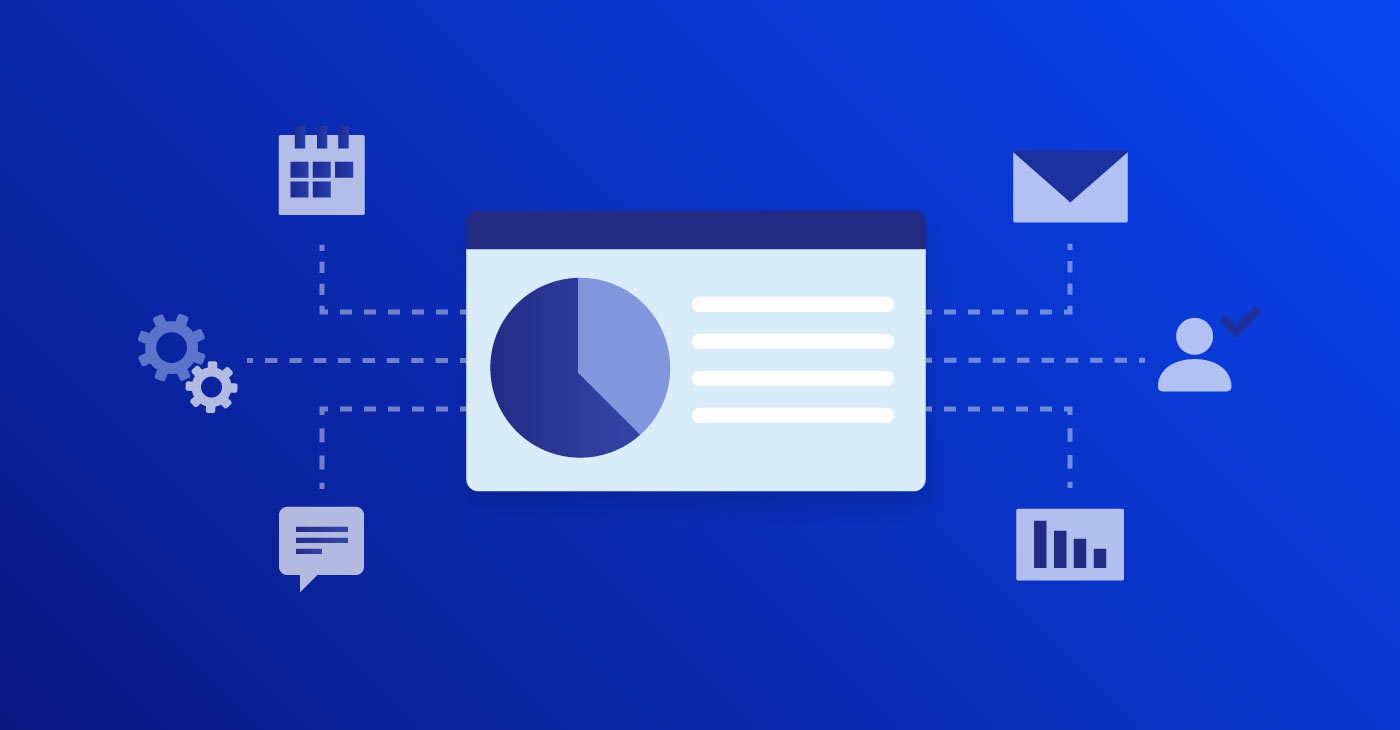 A revolutionary new method of storing company database information so that it can be accessed many times faster than currently possible is on the horizon. Instead of relying on mechanical hard drives to store massive amounts of data required by huge databases, these new devices rely on the same kind of RAM found in every computer today to not only provide an ongoing operating system and at-that-moment functionality, but as a permanent data storage medium.
A revolutionary new method of storing company database information so that it can be accessed many times faster than currently possible is on the horizon. Instead of relying on mechanical hard drives to store massive amounts of data required by huge databases, these new devices rely on the same kind of RAM found in every computer today to not only provide an ongoing operating system and at-that-moment functionality, but as a permanent data storage medium.
RAM Can Be 100X Faster than Hard Disks
The most significant difference between RAM and hard disk storage is the speed at which it can be accessed. A hard disk is a mechanical device that has to physically move magnetic heads over rapidly spinning platters in a high tech multiplexed version of an old 33 RPM vinyl record turntable. Although the processes inside a hard disk required to access a particular sector of data occur in a matter of milliseconds, a similar access in RAM occurs in nanoseconds, or about a million times faster. There are many aspects of bus-ing the data around, which slow down this lighting fast access, but RAM can generally be counted upon to be anywhere between 50 and 100 times faster in providing data than a mechanical hard disk.
SSDs: Faster than Hard Disks, Slower than RAM
RAM should not be confused with Solid State Drives (SSDs) which are essentially conglomerations of RAM set up to act as a hard disk. Although they are much faster than mechanical hard disks, they still pale as compared to actual RAM in data transfer speeds. A really good SSD can be anywhere between two to five times faster than a hard disk but that still is not enough for speed-dependent enterprise applications. Businesses need to access their databases with exceptional speed and there has not yet been an IT manager who has stated “this database access is too fast.” For some of the larger online marketers, processing database queries with ultimate velocity can make the difference between swiftly processing customer and internal requirements or leaving them hanging for uncomfortable seconds or even minutes.
A TB in a 10 GB Transfer Time
In the constantly escalating business of catering to massive enterprise data needs, it was inevitable that server companies would cotton to the idea that they could hold entire databases in RAM rather than the conventional racks of hard disks currently utilized. With RAM’s much greater data transfer capacity it is feasible to access a terabyte (TB) of data as quickly as a mere 10 to 20 gigabytes (GB) read or written on a hard disk. Companies such as San Francisco-based Birst have announced that they will soon be marketing RAM servers where companies may store entire large databases without resorting to hard disks or SSDs for any reason other than backup media. The advantages to the enterprise of placing their data on such RAM servers can be immense. According to Birst CEO Brad Peters, data access that “took minutes [is] going to take seconds” on the company’s new RAM servers.
Hard Disk: $0.07/GB. RAM: $5/GB
The ever-dropping price of RAM is a significant factor in this development. In the early 90s it was customary to spend thousands of dollars for 4 MB of RAM while today one thousand times more memory capacity is available for under $20. A 2 TB hard disk is now available for about $140, providing a cost per GB of 7 cents. In comparison, the cheapest RAM costs $5 per GB, a huge difference that can really add up when you consider that many enterprise operations will require entire TBs of database storage capacity.
These new types of RAM servers are not for small businesses… yet, anyway. It is certain that these types of memory access services will become the norm in the very near future and, through shared utilization of the hardware, prices will come down to fall within the range that is feasible for small business database needs and budgets.









